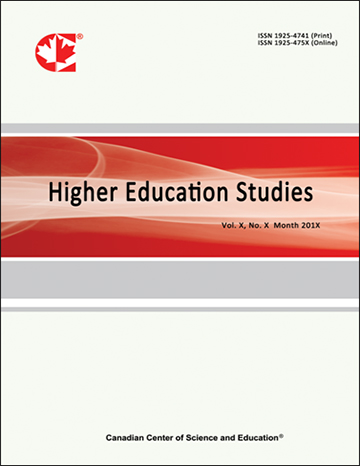Extrinsic and Intrinsic for online Classroom
- Yuwanuch Gulatee
- Babara Combes
- Yuwadee Yoosabai
- Piyaphisak Jaerasukon
Abstract
The objectives of this research are 1) to examine how Thai youth in tertiary education feel about extrinsic and intrinsic rewards when studying online.2) to explore any similarities and differences between the two techniques. 3) to determine how students felt about the reward system used in this class. The samples in this research are 37 students. They are all the students who study in an online classroom for the whole semester during the COVID19 global pandemic (2019-2021).The questionnaire and the interview instruments were designed to clarify participants’ attitude and used a five point Likert scales and the entire reliability value is 0.80. The statistics used for data analysis were included descriptive statistics; and proportion and percentage, and inferential statistics such as multiple regression and Chi-square- test. The result disclose as follows : 1) The students showed that all of the four dimensions of this variables test of which one variables is extrinsic, have significant, positive relationships with satisfaction (r = .690, p < 0.01). 2) The results indicate that extrinsic and intrinsic variables had a negative effect on satisfaction (b = .051, p > 0.01), (b = .252, p > 0.01).3) the results indicate that Feelings had a positive effect on satisfaction (β = .638, p < 0.01) and could predict satisfaction variables by 56.1 percent (adjusted R2 = 0.561), and extrinsic and intrinsic variables had a negative effect on satisfaction (p > 0.01).
= 0.561), and extrinsic and intrinsic variables had a negative effect on satisfaction (p > 0.01).
- Full Text:
 PDF
PDF
- DOI:10.5539/hes.v12n1p1
Index
- AcademicKeys
- CNKI Scholar
- Education Resources Information Center (ERIC)
- Elektronische Zeitschriftenbibliothek (EZB)
- EuroPub Database
- Excellence in Research for Australia (ERA)
- Google Scholar
- InfoBase
- JournalSeek
- Mendeley
- Open Access Journals Search Engine(OAJSE)
- Open policy finder
- Scilit
- Ulrich's
- WorldCat
Contact
- Sherry LinEditorial Assistant
- hes@ccsenet.org
